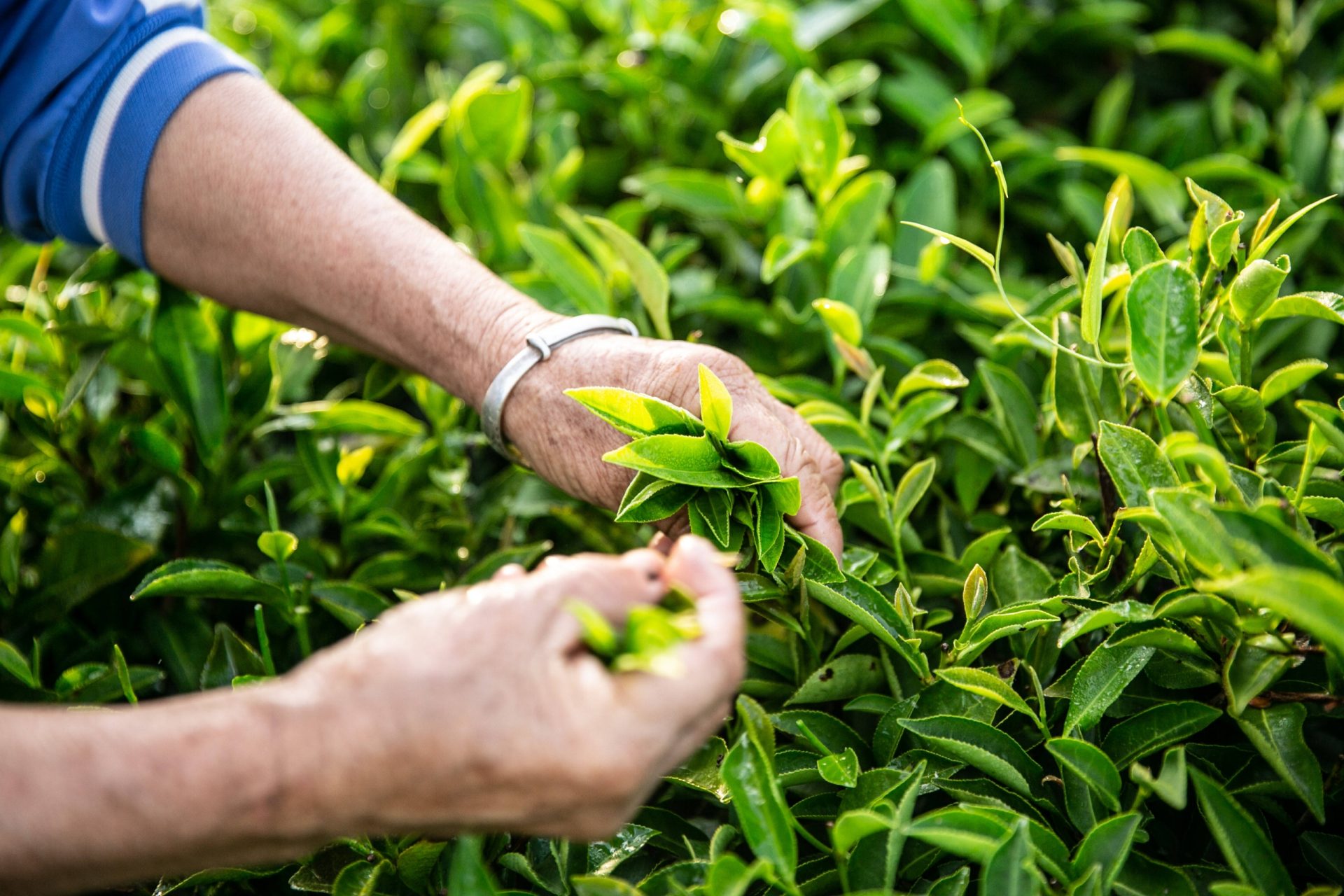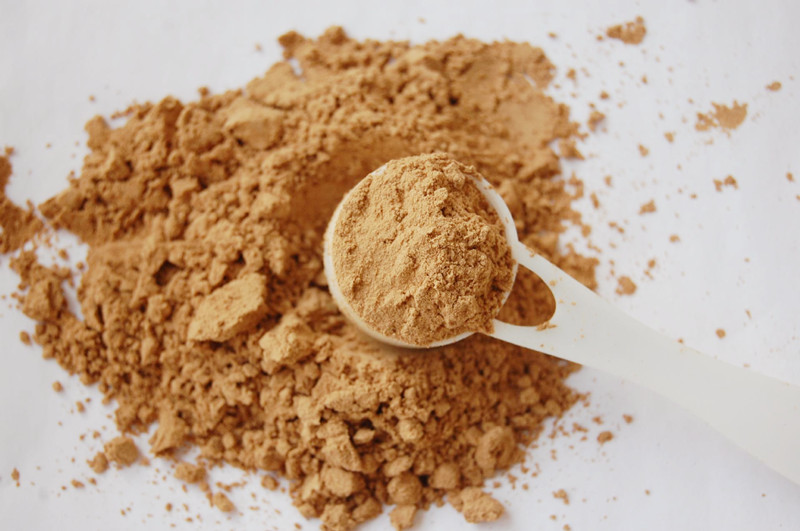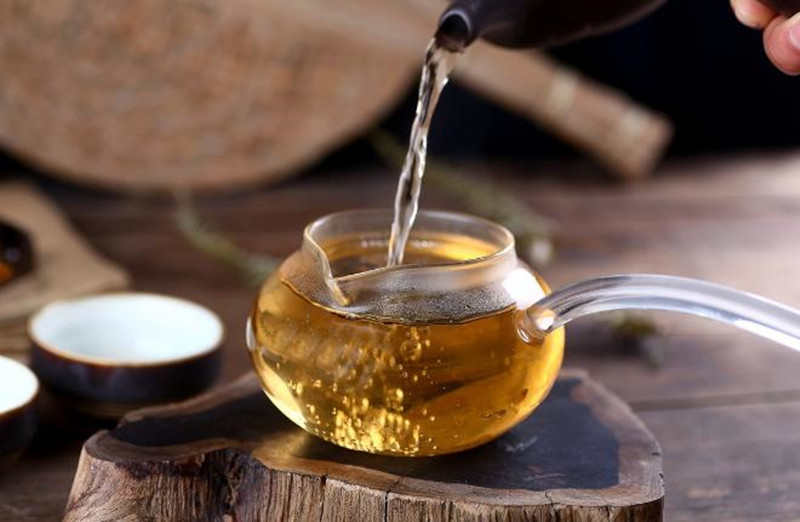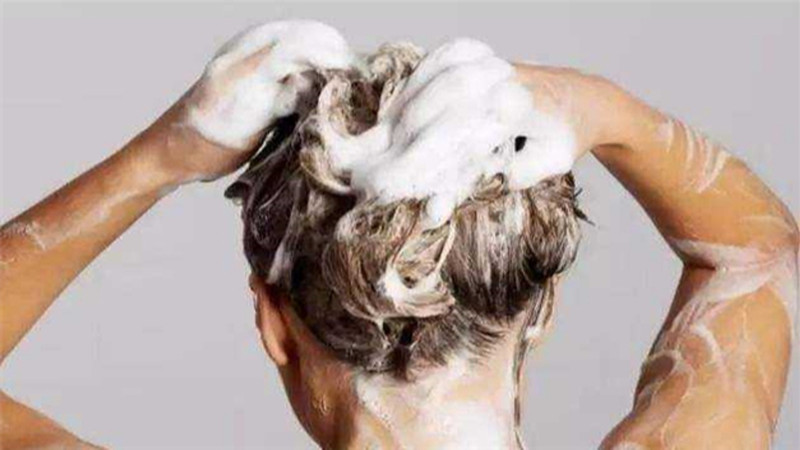What’s The Function of Camellia Sinensis Leaf Extract in Cosmetics?
At present, many brands have produced and sold the concept of tea extract for high-end cosmetics, such as Etsuki Source, Elizabeth Arden, Florace, Japan Shiseido, South Korean DE-OPROCE company and so on. Tea extract is derived from the plant species Camellia sinensis, A powerful herb that contains a wide range of nutrients and antioxidants that are good for hair and skin. In this article, we will explore the secrets behind camellia extract and why it functions in cosmetic products.
What’s Camellia Sinensis leaf Extract?
Tea(Camellia sinensis) is a plant species native to East Asia, primarily China and Japan, has been used for centuries in traditional Chinese medicine for its various health and beauty benefits. Its extract, is obtained from the leaves of this plant various types of tea, such as green tea, black tea, and oolong tea, through a strict extraction process. Camellia sinensis extract is rich in bioactive compounds, including polyphenols (catechins), alkaloids, aromatic substances, minerals, pigments, proteins, flavonoids, and vitamins.
Functional ingredients in Camellia Sinensis
Tea polyphenols
Tea polyphenols are the most used ingredients in cosmetics and are widely recognized by consumers. Tea polyphenols have a strong antioxidant effect, which can alleviate various skin damage caused by free radicals, and has the skin care effect of anti-radiation, sunscreen and preventing stains. The most common is The Ordinary caffeinated tea polyphenol extract. Due to the different preparation technologies, green tea is the tea with the highest content of tea polyphenols, followed by white tea, and black tea is relatively low.
Tea saponin
Tea saponin extracted from tea seeds is a mild non-ionic surfactant, which has good foaming and foaming stability, and is not affected by water hardness, and can be used in washing products.
Theanine
Theanine is a relatively rare amino acid in general plants, and is a relatively unique component. Regulating mental state, anti-inflammatory and analgesic, stimulating expectorant and antibacterial are substances that determine the unique flavor of tea
Thein
Tea pigment is a kind of water-soluble phenolic pigment extracted from tea. Due to the participation of microorganisms in the fermentation process, black tea forms special components and effects, which are divided into theaflavins, theaflavins, theaflavins. Different from the antioxidant activity of tea polyphenols, theaflavin has a stronger effect on inhibiting the activity of fat oxidase, so theaflavin has a better function of lowering blood lipids, so people often say that drinking black tea to lose weight is also based on the theory.
Flavone
During the storage of white tea, theanine reacts with catechins to produce white tea flavanone (EPSF), which is an important component of white tea with various health functions, and its content increases with the extension of storage years. White tea flavanones have anti-inflammatory and damage repair effects, strong antioxidant activity and soothing protective effects.
Camellia is particularly rich in catechins, which are a type of flavonoid with potent antioxidant properties. These catechins have been found to have anti-inflammatory, antimicrobial, and UV-protective effects, making camellia extract an excellent natural ingredient for hair and skin health.
In addition, polysaccharides, alkaloids, aromatic substances, and vitamin groups in tea are also components that can be excavated in Camellia Sinensis. This high concentration of antioxidants contribute to its numerous health and beauty benefits.
Properties of Camellia Sinensis extract
Powerful antioxidant properties
Antioxidants help neutralize harmful free radicals in the body that can damage cells and contribute to aging. Tea polyphenol has the function of inhibiting lipid peroxidation, its ability to remove reactive oxygen species is better than vitamin C and vitamin E, the anti-lipid oxidation of liver cell line is 18 times stronger than VE, the inhibitory effect of lipid peroxidation causing stroke is 200 times higher than the existing VE, and can effectively delay skin aging.
Many kinds of dermatitis are known to be associated with reactive oxygen species, and mangrove tea has a function similar to superoxide dismutase in scavenging free radicals (Shindo.Y and Kato.K, 1991). The clinical test of a recurrent or refractory dermatitis caused by reactive oxygen species showed that mangrove tea significantly reduced the recurrence of rash and alleviated infection. For moderate pruritic dermatitis, it can relieve itching. Tea polyphenols can enter human cells from the skin, inhibit the activity of tyrosinase and peroxidase in skin blackening, freckles, brown spots and age spots, so as to effectively inhibit the production of pigment. Therefore, tea extracts containing tea polyphenols can be used in the manufacture of anti-aging cosmetics.
Protection against UV
Tea polyphenol compounds are sensitive to ultraviolet light, especially ultraviolet light with a wavelength of 2000-3300 angstems has strong absorption, known as “ultraviolet filter”, is an effective protective agent for the skin. In the category of tea polyphenols, the component with the strongest antioxidant activity is epigallocatechin 3-gallate (EGCG). Polyphenols are a kind of natural products with strong absorption in the ultraviolet light region, which can directly absorb ultraviolet rays and prevent ultraviolet rays from damaging the skin. Therefore, many sunscreen skin care products will also use this ingredient. Sindo.Y and Kato.K(1991) also reported that polyphenols in mangrove tea could inhibit photosensitive dermatitis caused by UV allergy. Nakamura.Y confirmed the mutagenic effect of tea polyphenols on reducing UV radiation.
Moisturize and Mattifying
Tea polyphenols are a natural product with a moisturizing effect, which has similar inhibitory activity to hyaluronidase, mainly due to the compound action of tea polyphenols with mucin, polysaccharide, phospholipid, etc., to a certain extent, it can shrink the coarse pores and reduce the excessive secretion of greasy skin sebum. Tea polyphenols contain a large number of hydrophilic groups, which can easily absorb water in the air and maintain the moisture content of the skin to the greatest extent. Tea polyphenols also have the inhibitory activity of hyaluronidase, so as to achieve deep moisturizing effect. In addition, skin care products containing tea polyphenols have good adhesion to the skin, and can shrink pores, skin convergence, tightening and reduce wrinkles.
Antibacterial, anti-inflammatory
The astringent property of tea polyphenols can denaturate protein precipitation and inhibit the killing of many bacteria such as Staphylococcus aureus, pullorum fowleri, typhoid pullorum, pseudomonas aeruginosa, subtilis, etc. The Chinese folk uses tea water to wash wounds and burns, which is to use the astringent antiseptic effect of tea polyphenols to promote wound healing. Therefore, in addition to helping to eliminate fat and make the skin soft and smooth, tea tree extract also helps to clean the skin and prevent acne.
Deodorizing
Deodorizing cosmetics are mainly used to remove or reduce the odor of sweat secretions or prevent the generation of such odor, because tea polyphenols can inhibit or kill fine, and tea tannins and other flavonoids have a strong adsorption capacity. After the sweat glands secrete sweat, the organic matter in it is decomposed by bacteria and produces smelly substances. Using products containing tea extract can effectively relieve this embarrassment in sweaty parts such as armpits and feet.
Other properties
In addition to the physiological effects of nutrition and skin care, tea extract can also be used as an antioxidant in cosmetics. Many cosmetics contain animal and vegetable oils, which contain unsaturated fats. Grease will oxidize and change color under the action of air, water, light and trace metal ions. Tea polyphenols can react with the free radical phase generated during the automatic oxidation of oil, cut off the chain reaction, effectively reduce the rancidity and deterioration of oil, and extend the shelf life of products.
Applications of camellia sinensis leaf extract in cosmetics
Oral care product(Mouthwash, toothpaste)
Tea polyphenols and tannins in tea extract can precipitate protein denaturation, so it has antibacterial and anti-inflammatory effects, while tea polyphenols and other flavonoids also have strong adsorption capacity, many studies have confirmed that tea extract has deodorization and other effects, so tea extract is also used in mouthwash, deodorant, dish cleaning agent, air deodorant, toothpaste, soap, talcum powder, etc.
Hair Care(Shampoos, conditioners, or hair masks)
The antioxidants and vitamins present in camellia extract help protect the hair from damage caused by environmental factors, such as UV radiation and pollution. Additionally, camellia extract improves hair’s elasticity, making it less prone to breakage and split ends. Regular use of camellia extract can result in stronger, thicker, and more lustrous hair.
Skin Care(Moisturizers, serums, or makeup remover oils)
Camellia extract offers numerous benefits for the skin as well, it is suitable for all skin types and can address various skincare concerns. The antioxidants in camellia extract help protect the skin from free radical damage, reducing the signs of aging, such as fine lines and wrinkles. Furthermore, camellia extract helps improve skin elasticity and enhances the skin’s natural barrier function, resulting in a smoother and more supple complexion. It can also help fade scars and dark spots, promoting a more even skin tone. The extract also has anti-inflammatory properties, which soothe irritated and inflamed skin. Its nourishing properties help restore moisture balance and promote overall skin health.
In conclusion, camellia extract offers a range of benefits for hair and skin care, thanks to its antioxidant-rich properties. Whether you’re looking to strengthen your hair or rejuvenate your skin, incorporating camellia extract into your beauty routine can work wonders. With its numerous benefits for hair and skin care, it’s no wonder that camellia extract is becoming a popular ingredient in cosmetics products.






